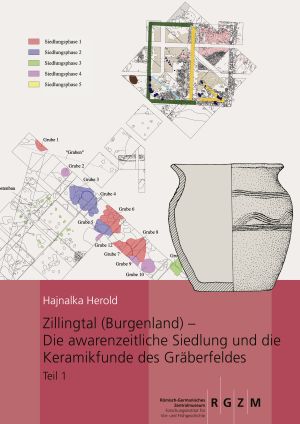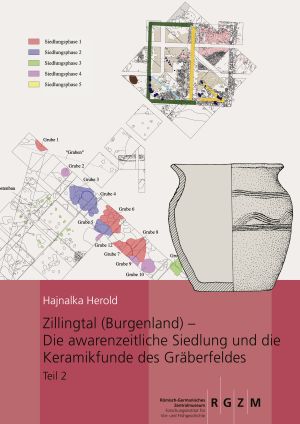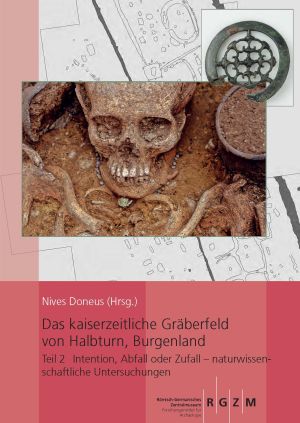Herold, Hajnalka
Zillingtal (Burgenland) – Die awarenzeitliche Siedlung und die Keramikfunde des Gräberfeldes: Teil 1
The study of the early medieval settlement (7th-8th century AD) and the pottery finds from the associated cemetery focuses on three main areas: Avar settlement features and settlement structures in the Carpathian Basin, pottery production and use in the Avar period, and Avar traditions in the Zillingtal regarding the burial of pottery vessels.
Among the settlement finds, the early medieval reuse of the Roman ruins is of particular interest. The analysis of the find material focuses on the pottery finds, together with the pottery vessels from the Avar cemetery. Archaeological and archaeometric analyses as well as methods of experimental archaeology are used. The chronology of the pottery and the anthropological data of the burials form the basis for the analysis of Avar traditions in the burial of pottery.
Part 2 here.
Zillingtal (Burgenland) – Die awarenzeitliche Siedlung und die Keramikfunde des Gräberfeldes: Teil 2
The study of the early medieval settlement (7th-8th century AD) and the pottery finds from the associated cemetery focuses on three main areas: Avar settlement features and settlement structures in the Carpathian Basin, pottery production and use in the Avar period, and Avar traditions in the Zillingtal regarding the burial of pottery vessels.
Among the settlement finds, the early medieval reuse of the Roman ruins is of particular interest. The analysis of the find material focuses on the pottery finds, together with the pottery vessels from the Avar cemetery. Archaeological and archaeometric analyses as well as methods of experimental archaeology are used. The chronology of the pottery and the anthropological data of the burials form the basis for the analysis of Avar traditions in the burial of pottery.
Part 1 here.
Das kaiserzeitliche Gräberfeld von Halbturn, Burgenland: Teil 2: Intention, Abfall oder Zufall – naturwissenschaftliche Untersuchungen
At that time, the Roman cemetery of Halbturn I belonged to the western part of Pannonia; the ancient city of Carnuntum was about 30 km away. The cemetery was completely investigated by systematic excavations, which is unusual for this region.
The finds show a great variability in burial customs, which can be seen in the positioning of the burials and the buried, as well as in the different efforts invested in the construction of the tombs. These characteristics depend, on the one hand, on the chronological period in question (2nd-5th century) and, on the other, on the personal status of the deceased (according to age at death, sex and physical disabilities). Particularly unusual are the numerous infant and child graves.
In addition to the archaeological-typological evaluation, the monograph offers important insights into life at the time: for example, a child's amulet is the oldest evidence of Jewish faith in Austria to date. Nutrition, diseases and injuries - whether caused by agricultural activities or domestic violence - are also described in detail, as well as considerations on animal breeding and husbandry, cultivated and wild plants, stone monuments, etc. Last but not least, the site, which was previously recorded by aerial archaeology, geophysical prospection and systematic field surveys, offers numerous further insights into the associated agricultural holdings.









